 Relevant History welcomes back historical fiction and fantasy author Rebecca Lochlann, who is busy completing her eight-book series, “The Child of the Erinyes,” several of which have won various awards. The series centers around a small corps of protagonists who begin their lives in the Bronze Age Mediterranean, draw the attention of the Immortals (mostly Athene), and end up traveling through time. Right now she’s deeply immersed in the early medieval world as she edits book #6, Falcon Blue. For more information about her and her books, visit her web site, subscribe to her newsletter, and follow her on Facebook and Twitter.
Relevant History welcomes back historical fiction and fantasy author Rebecca Lochlann, who is busy completing her eight-book series, “The Child of the Erinyes,” several of which have won various awards. The series centers around a small corps of protagonists who begin their lives in the Bronze Age Mediterranean, draw the attention of the Immortals (mostly Athene), and end up traveling through time. Right now she’s deeply immersed in the early medieval world as she edits book #6, Falcon Blue. For more information about her and her books, visit her web site, subscribe to her newsletter, and follow her on Facebook and Twitter.
*****
The people living on Crete in the first three books of “The Child of the Erinyes” were big believers in omens, prophecies, signs, and portents from the gods. My imagining of Bronze Age Crete had hundreds of priestesses and priests, all of whom devoted themselves to pleasing the Immortals and drawing good fortune down upon their societies. Animals were routinely sacrificed, for it was believed that the scent of blood and burned fat delighted the gods. Crete’s High Priestess, Themiste, who also held the impressive titles of “Most Holy Minos,” “Moon-Being,” “Keeper of the Prophecies,” and “oracle,” enjoyed a closer relationship to these deities than anyone else, and hence, more power. She used many methods of communing with them—serpent venom, poppy juice, poisonous laurel leaves, smoke emanating from fissures in the earth, and, perhaps most commonly, the sacred mushroom, known in the story as cara.
Psilocybin, Victorian style
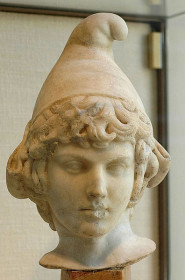 [Image “Bust Attis CdM” by Jastrow, public domain.]Which brings me to the most recent segment of the series, The Sixth Labyrinth, set in the Highlands of Victorian Scotland—another place where folklore and belief in “things unseen” remained strong until recent times. I’ve merged several key elements from the earlier story into this tale—one of the most important is the use of the sacred mushroom to achieve vision and expand clarity. It wasn’t at all hard to do, as the genus called Psilocybe semilanceata grows in abundance throughout the United Kingdom, and has been used for its hallucinatory effects since prehistoric times. Psilocybe semilanceata, for those who don’t know, is a wild mushroom with psychedelic qualities. Happily for my purpose, this particular fungus, sometimes called Witch’s Cap or Liberty Cap, is one of the most potent of all the psilocybin mushrooms, and I’ve read that the title Liberty Cap comes from the Greek Phrygian hat, or cap, which I thought a nice, unexpected coincidence, as one of my ensemble originally hails from Phrygia.
[Image “Bust Attis CdM” by Jastrow, public domain.]Which brings me to the most recent segment of the series, The Sixth Labyrinth, set in the Highlands of Victorian Scotland—another place where folklore and belief in “things unseen” remained strong until recent times. I’ve merged several key elements from the earlier story into this tale—one of the most important is the use of the sacred mushroom to achieve vision and expand clarity. It wasn’t at all hard to do, as the genus called Psilocybe semilanceata grows in abundance throughout the United Kingdom, and has been used for its hallucinatory effects since prehistoric times. Psilocybe semilanceata, for those who don’t know, is a wild mushroom with psychedelic qualities. Happily for my purpose, this particular fungus, sometimes called Witch’s Cap or Liberty Cap, is one of the most potent of all the psilocybin mushrooms, and I’ve read that the title Liberty Cap comes from the Greek Phrygian hat, or cap, which I thought a nice, unexpected coincidence, as one of my ensemble originally hails from Phrygia.
Dreams and Bedlam
 [Image “Psilocybe semilanceata” by Alan Rockefeller, Creative Commons Attribution-Share Alike 3.0]Most of The Sixth Labyrinth protagonists retain no memories of their past lives other than brief images, echoes of voices, and snippets of dreams. These tantalizing, often disturbing impressions at times make them feel as though they’re going insane—a terrifying prospect in the era of Bedlam and other notorious asylums. Once they find each other, their piecemeal recollections grow more insistent, compelling several of them to set forth on a journey of enlightenment. Using the magical mushroom from ancient times, they release their fears, open their minds, and let in that which reality deems impossible. Each insight dredged from the subconscious changes the trajectory of their lives, and Earth’s history, just as it did in the Bronze Age.
[Image “Psilocybe semilanceata” by Alan Rockefeller, Creative Commons Attribution-Share Alike 3.0]Most of The Sixth Labyrinth protagonists retain no memories of their past lives other than brief images, echoes of voices, and snippets of dreams. These tantalizing, often disturbing impressions at times make them feel as though they’re going insane—a terrifying prospect in the era of Bedlam and other notorious asylums. Once they find each other, their piecemeal recollections grow more insistent, compelling several of them to set forth on a journey of enlightenment. Using the magical mushroom from ancient times, they release their fears, open their minds, and let in that which reality deems impossible. Each insight dredged from the subconscious changes the trajectory of their lives, and Earth’s history, just as it did in the Bronze Age.
In The Sixth Labyrinth, the oracle Themiste returns as midwife and healer, Eleanor Graeme. She knows much of plant lore and the healing arts; she even has knowledge of then-modern science, thanks to a brother who studied medicine and psychiatry. She’s familiar with the properties of Psilocybe semilanceata, and collects as much as she can find every autumn, when it ripens in the fields. She dries it, stores it in jars, and has been known to use it from time to time. Eleanor is instrumental in helping to heal the damaged, fragmented memories of this small band of reincarnated souls.
Another pivotal character readers of the series might recognize from the Bronze Age is the Phrygian warrior, Selene. Life in The Sixth Labyrinth does not treat Selene kindly, yet she still manages to find, protect, and aid those she has always loved. The daughter of a wise woman near Cape Wrath, she comes to the group already cognizant of what can be achieved through the mushroom’s use. In fact she walks a very long way to find her comrades from the past, having used the mushroom to help her in her search.
One character has no need of a hallucinatory mushroom, or any other device. Because of a curse placed on him in the Bronze Age, he is doomed to retain memories of each and every one of his past lives. While it might be tempting to assume having knowledge gives him an advantage, that isn’t necessarily the case.
Communing with higher powers
Different people have different reactions to psilocybin. Getting clear memories of our past lives might be asking a lot. But as stated at HowStuffWorks, “There can be a changed perception of one’s place in the universe and a feeling of communing with a higher power.” The supernatural link between my protagonists and Goddess Athene strengthens this ability.
*****
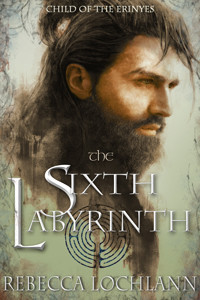 A big thanks to Rebecca Lochlann. Book #1 of her series, The Year-God’s Daughter, is currently free in multiple ebook formats. She’ll give away an ebook copy (winner’s choice of format) of book #5, The Sixth Labyrinth, to two people who contribute a comment on my blog this week. I’ll choose the winners from among those who comment by Friday at 6 p.m. ET.
A big thanks to Rebecca Lochlann. Book #1 of her series, The Year-God’s Daughter, is currently free in multiple ebook formats. She’ll give away an ebook copy (winner’s choice of format) of book #5, The Sixth Labyrinth, to two people who contribute a comment on my blog this week. I’ll choose the winners from among those who comment by Friday at 6 p.m. ET.
**********
Did you like what you read? Learn about downloads, discounts, and special offers from Relevant History authors and Suzanne Adair. Subscribe to Suzanne’s free newsletter.


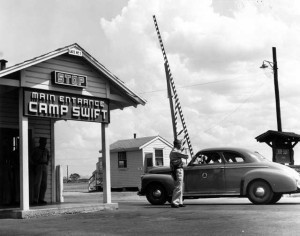
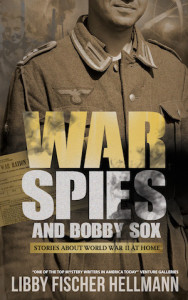

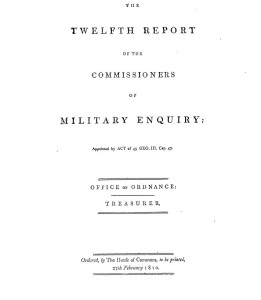
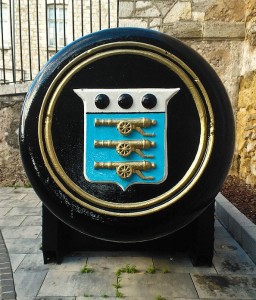

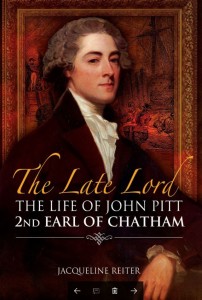

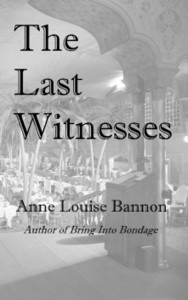


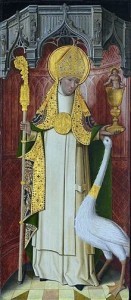

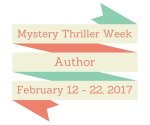
 Relevant History welcomes Jennifer S. Alderson, who was born in San Francisco, raised in Seattle, and currently lives in Amsterdam. Her love of travel, art and culture inspired her ongoing series of novels following the adventures of Zelda Richardson around the globe. In Down and Out in Kathmandu, Zelda volunteers in Kathmandu, where she gets entangled with a gang of diamond smugglers. The Lover’s Portrait follows Zelda to Amsterdam, where she discovers a cache of masterpieces missing since World War Two. Her third novel—a mystery centered around Papua New Guinean ‘bis poles’, missionaries and anthropologists—will be released in the summer of 2017. To learn more about her and her books, visit her
Relevant History welcomes Jennifer S. Alderson, who was born in San Francisco, raised in Seattle, and currently lives in Amsterdam. Her love of travel, art and culture inspired her ongoing series of novels following the adventures of Zelda Richardson around the globe. In Down and Out in Kathmandu, Zelda volunteers in Kathmandu, where she gets entangled with a gang of diamond smugglers. The Lover’s Portrait follows Zelda to Amsterdam, where she discovers a cache of masterpieces missing since World War Two. Her third novel—a mystery centered around Papua New Guinean ‘bis poles’, missionaries and anthropologists—will be released in the summer of 2017. To learn more about her and her books, visit her 
